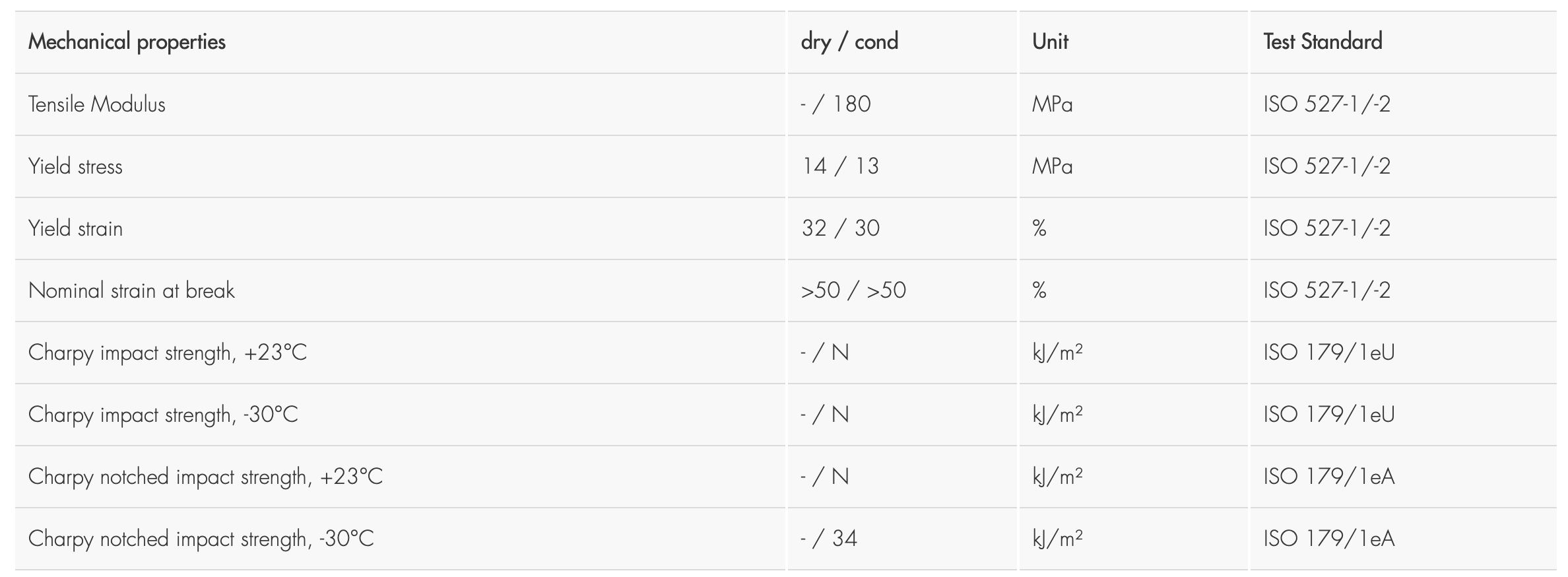Nylon Film Modification
Nylon Film Applications
For many decades, nylon films made from polyamide 6 or polyamide 6 6 have been useful for many reasons - including toughness, transparency and cost effectiveness. They have often been chosen as ideal candidates for heavy duty industrial applications where toughness and durability are of primary concern - especially where high barrier properties related to gas, fat and transmission of aroma are necessary. These applications typically require high resistance to impact puncture and pin holing.
However, these films have often faced serious challenges. Their inherent hygroscopic nature means they absorb atmospheric moisture and lose their dimensional stability. Also, their brittleness and high crystallinity sometimes lead to puncture, tearing and cracking.
A Unique Modifier
Pebax® 5513 is a heavy duty thermoplastic elastomer that may be used to modify traditional nylon films. By adding this polymer to the nylon feedstock, film producers can achieve more puncture-resistant films with improved drawability. The result is a modified nylon film that may be used for a wide variety of industrial applications where stretching, drawing and vacuuming may be required without fear of rupture.
Added to PA6, Pebax® HD 5513 SA 01 resin (Datasheet US/SI) enhances the properties of the resultant film, especially at low temperatures and low humidity content, at the same time maintaining the transparency of the film and improving its soft touch.
As each industrial application may be quite specific in its requirements, please contact an Arkema representative for detailed discussions and recommendations.
PEBAX® 5513 SA 01 Properties



